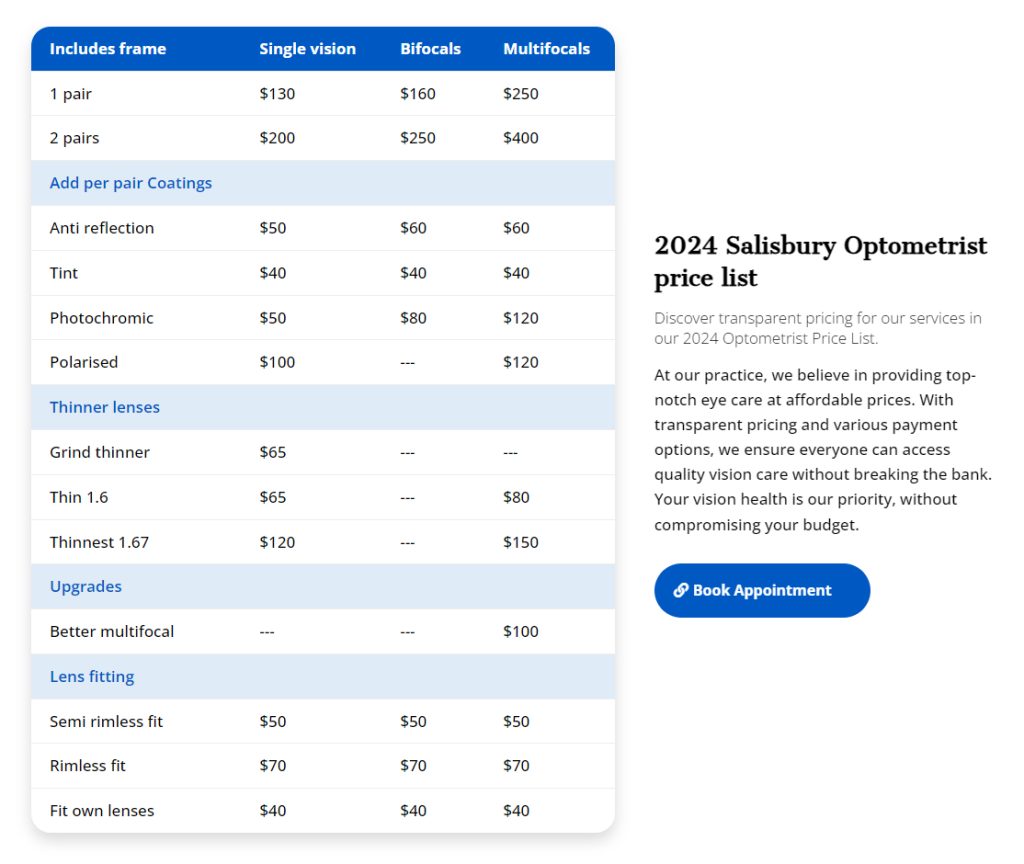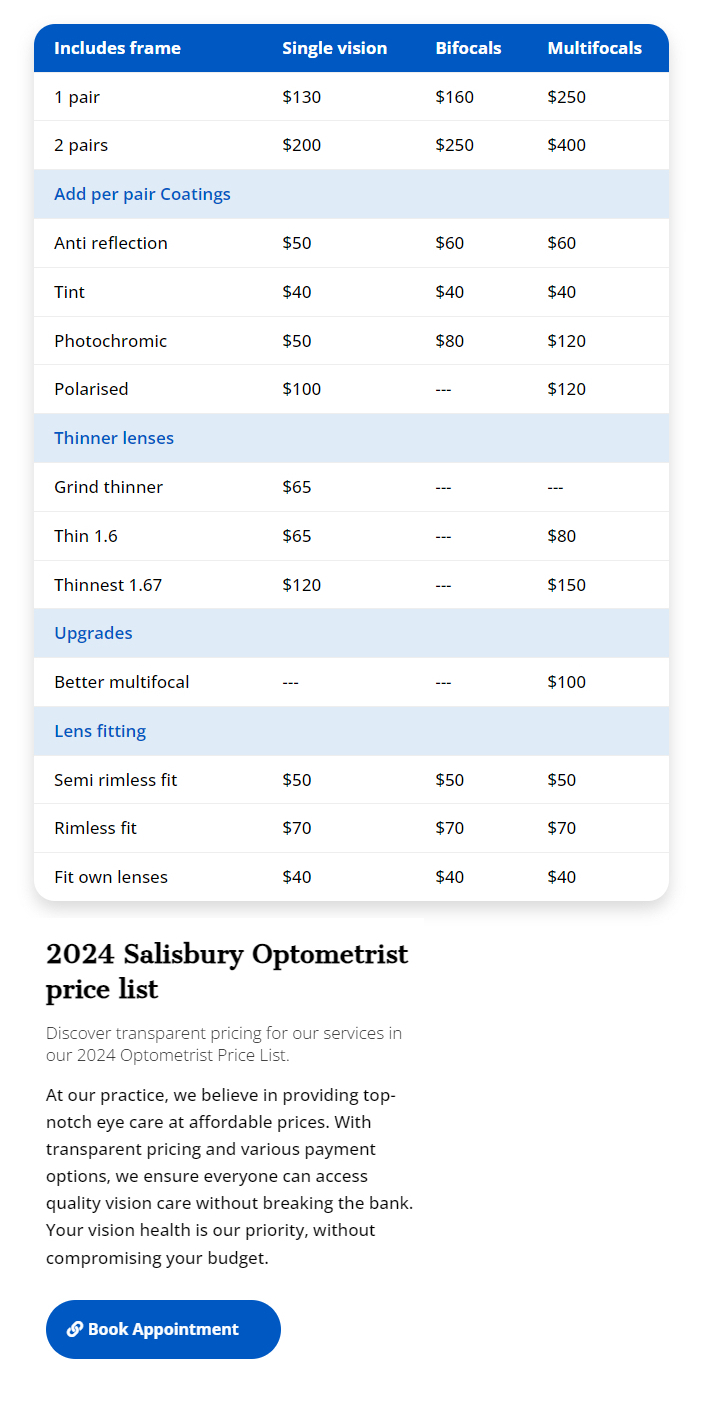Are you planning on buying children glasses? Better yet do you need help choosing your child’s glasses? Here is how you can pick or purchase the right eyewear for your kid.
For some, the process of picking children glasses is as simple as walking into and out of an optical store. While it might work for a few these are far from the truth. In fact, choosing children glasses can be a very hard daunting process. This is more-so true if one shops for children glasses the wrong way. For parents, shopping for ideal children glasses can sometimes be a very difficult task. This is more so the case with picking out glasses that a child will not only wear but also love.
Add getting a glasses’ lifespan to the mix and the process can quickly become daunting. If that wasn’t enough, the process of choosing ideal child glasses is further complicated by the number of children’s eyeglasses available in the market today. This huge number makes it very difficult to point out glasses that meet the above criteria and even more.
It is with this that we’ve opted to share with you this post. Below you’ll find tips on how to choose ideal children glasses.
Children Glasses Lenses
The first thing you need to do when choosing your child’s glasses is focusing on lenses. In particular, you want to determine how thick the lenses will be. Although you can go about this on your own, it is best to seek professional help. Professionals are in a better position to offer you advice on the right size of lens to go for. In addition, they’ll likely give your child a prescription to go with your glasses.
A perfect example of such a professional is your local eye doctor. He or she will help you settle on an ideal lens size based on your child’s prescription. This way, you’ll end up with children glasses that spot the right lens size.
Key to note when looking at all things lenses is the size. Most importantly you don’t want to end up with a slightly heavier glass for your child. Therefore, if you are working with thick lenses avoid large frames. This only increases the thickness of your child’s lens thus increasing its size or weight.
Metal or Plastic
Typical children glasses are built using either metal or plastic. That said, the make you settle with totally depends on your child’s age. If you are dealing with young kids chances are they are more likely to lean towards plastic. This is especially true if the plastic frame has a nice cartoon art finish. Furthermore, the plastic helps assure parents that their child won’t break the glasses. In general, plastic frames are durable, lighter, and less likely to break. Even better, they are less expensive compared to metal-frame children glasses.
If you are purchasing children glasses for your slightly older children a metal frame is ideal. Why is this? Well, such children like to mimic unisex eyeglasses purposely made for grown-ups. They are more likely to go for such glasses as opposed to glasses for kids. In fact, this is why you’ll find some kids going for glasses their older siblings or parents wore.
Remember to factor in your child’s sensitivity. Get to know what he/she is sensitive too. If your child is sensitive to certain substances, it is best to always go with frames made using hypoallergenic materials.
Modern & Attractive Children Glasses
When picking glasses for your child, make sure that they are not only modern but also attractive. This is ever so important if your child is going to wear glasses for the first time. In case you are wondering why well, they are likely to be self-conscious the first time.
If the glasses aren’t modern and attractive they’ll definitely not wear them. Even worse, they might completely end up hating glasses. These in mind always see to it that you go for modern and attractive children glasses when buying your child’s glasses.
Temple Size
If you are making a glass purchase for a child, it is important that you factor in its temple size. Of course, this only applies if you are purchasing children glasses with temples. Such glasses are usually meant for small kids who are likely to struggle to keep the glass in place. An ideal temple size will see to it that the glass doesn’t slide down. This will ensure that the glasses don’t drop and will stick to wear it is supposed to be.
With a glass temple, too much can be annoying while too little can result in it losing its purpose. It is with this that it is important to factor in temple size. You don’t want to choose a glass with a temple that is too short or too long. To get it right, I suggest taking your child with you. This way they’ll be able to test them on him or her.
Spring Hinges
While still hot on the subject of temple size, it is important to also talk about spring hinges. What are they? Well, spring hinges are an ideal feature in any glass with temples. They make it possible for the temple to flex outward away from the frames. Most importantly, it does this while ensuring that there are no damages caused to the glass.
In addition to helping out with temples, they help prevent the need for one to constantly adjust their glasses. This comes in handy given that children aren’t that careful when putting on and taking off their glasses. Another plus associated with spring hinges is avoiding costly repairs. By making sure the temple stays intact and there are no frequent adjustments, spring hinges help one avoid expensive repair cost.
Other areas where spring hinges come in handy is when a child sleeps with glasses or chooses to play with them. They’ll be able to do these two without causing any damage to the glass frame. Ultimately this will end up saving you from unwanted repair costs.
If you are on the market for children glasses do contact Salisbury Optometrist. You’ll get valuable advice that’ll definitely help you make the perfect purchase.
You can contact Salisbury Optometrist on phone using 08 8285 7100 or through email using salisburyoptometrist@gmail.com.




0 Comments